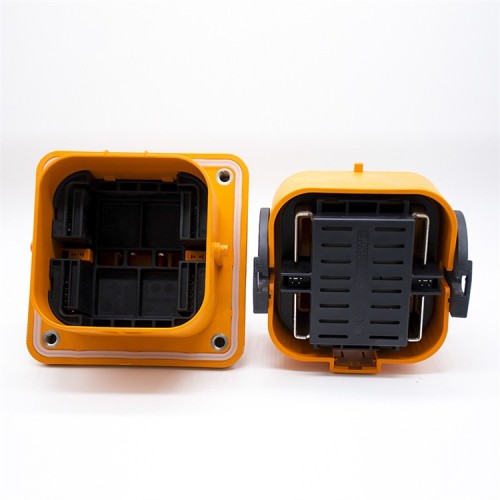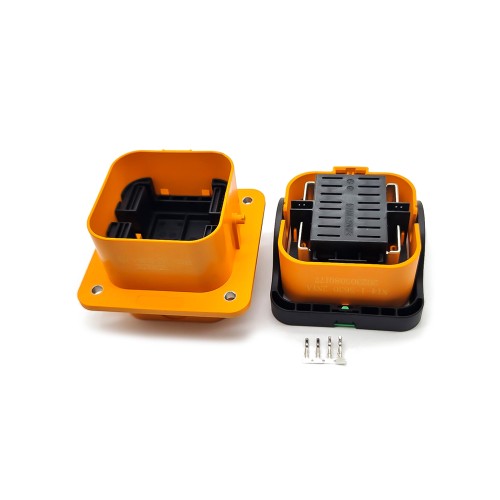
In the competitive landscape of the new energy vehicle (NEV) sector, acronyms like MSD spark curiosity. So, what does MSD stand for? It translates to Multi-Domain Synergy Dynamics, a cutting-edge framework reshaping how electric and hybrid vehicles optimize energy use, performance, and sustainability.

Decoding MSD: Beyond the Acronym
MSD represents a holistic approach to vehicle design, where power systems, software algorithms, and thermal management collaborate seamlessly. Unlike fragmented solutions, MSD synchronizes three core domains:
- Motor-Battery Integration: Ensures real-time communication between the motor and battery, reducing latency and energy loss.
- Adaptive Thermal Control: Automatically adjusts cooling/heating to maintain ideal battery temperatures, boosting lifespan and safety.
- Energy Recapture Intelligence: Captures wasted energy (e.g., braking heat) and redirects it to extend driving range.
Why MSD Is a Game-Changer for NEVs
The automotive industry’s shift toward carbon neutrality demands smarter technologies. MSD addresses this by:
- Enhancing Efficiency: Vehicles with MSD achieve 15-25% higher energy utilization than conventional systems.
- Reducing Costs: Streamlined design lowers production expenses, making advanced NEVs more accessible.
- Future-Proofing Fleets: MSD’s software-upgradable architecture ensures compliance with evolving emissions regulations.

MSD in Action: Industry Adoption
Major NEV brands now integrate MSD to tackle challenges like range anxiety and battery degradation. For example, a recent pilot in Nordic markets showcased MSD-equipped EVs maintaining 95% battery efficiency in sub-zero temperatures—a critical milestone for cold-climate adoption.
The Future of MSD Technology
With global EV sales projected to triple by 2030, MSD is poised to become the backbone of sustainable mobility. Innovations like AI-driven predictive maintenance and cross-vehicle energy sharing (enabled by MSD) will further redefine NEV capabilities.



















Leave a comment